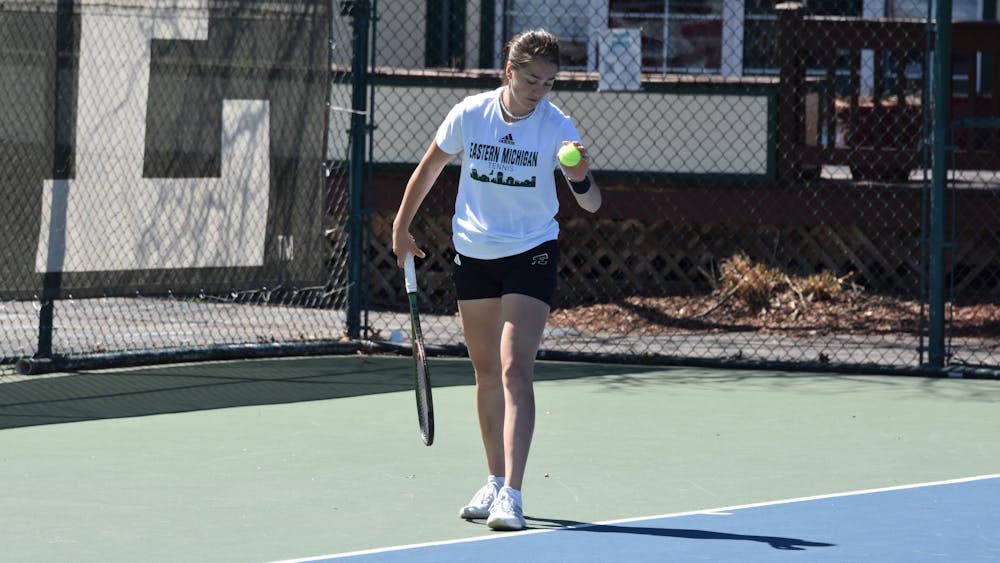While nation-wide statistics showed a decrease in domestic violence, rates among college students remain higher than average compared to other demographics.
According to University of Michigan Student Affairs, 21 percent of college students reported they have experienced dating violence from their current partner, and 32 percent experienced dating violence in the past.
U of M’s Sexual Assault Prevention and Awareness Center shared its “Striving for Justice: A Toolkit for Judicial Resolution Officers on College Campuses” with many colleges, including Eastern Michigan University.
The toolkit defines domestic violence, gives insight into understanding a domestic violence survivor and offers tips on policies to implement.
U of M’s SAPAC reported approximately 90 percent of sexual assault victims on campuses know their attacker, and 60 percent of these acquaintance rapes at college occur in dating relationships.
EMU student Ashley Kim said she believes many people stay in violent relationships because their eyes are closed to it.
“Sometimes people being abused can’t see it because they are blinded by a charade of ‘kindness,’ and they believe they are loved and people that love you aren’t supposed to hurt you,” Kim said.
Kim added that people should always seek professional help from a therapist or the police if they are being abused.
In addition to the toolkit, EMU has options for students who are in violent relationships,such as its Counseling and Psychological Services that can be found in the Snow Health Center or contacted at 734-487-1118.
SafeHouse Center in Ann Arbor is also a resource for students in violent relationships. They offer free and confidential counseling, legal advice, support groups and emergency shelter for those impacted by domestic violence.
Barbara Niess-May, executive director at SafeHouse, has been working there for 10 years. She said Washtenaw County police receive 1,700 domestic violence reports per year, but only around 250 assailants are actually convicted.
“We don’t think that any one county is higher in domestic violence … it’s how they respond to it,” Niess-May said, explaining that some counties seem “artificially low” because many victims feel they don’t have options to report it.
Women from the ages of 16-24, a large portion of which are college students, experience the highest domestic violence rates of any demographic. U of M’s SAPAC reported one-quarter of female students experience sexual assault while in college.
Niess-May said domestic violence is high on college campuses because this age group is naturally
pulling away from their parents, so it’s hard for them to pick up on their children being abused or being abusers.
She said women in this age group can be intimidated by older partners, threatened with physical violence or threatened by partners of sharing intimate details about their relationship.
“Women are treated as second-class citizens in our society,” Niess-May said, before adding that she thinks the media plays a large role in domestic violence because they portray violence against women as OK behavior.
Neiss-May urges those in violent relationships to reach out for help. SafeHouse is available 24/7 at 734-995-5444. She also advises people to get involved if they know someone in a violent relationship and to show them you’re there to help.
“Reach out for help,” Niess-May said. “You are not alone … you don’t have to continue on like this anymore.”









